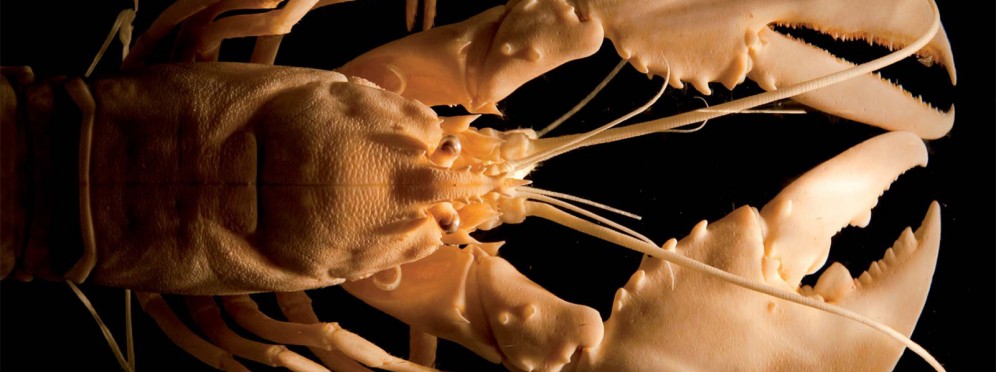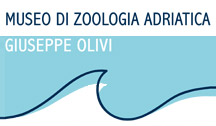The Collection

The Museum "G. Olivi" is based on the collection of marine zoology of the Adriatic. Its eventful life began in the second half of the 19th century in Trieste, at the Zoological Laboratory of Sant'Andrea, a quite active research institution. This is where the collection of marine organisms began, where scientists from all over Europe carried out their work, and where oceanographic cruises aimed at exploring the Adriatic and collecting extraordinary specimens set out. Unfortunately, in 1915, when World War I broke out, the Zoological Laboratory of Sant'Andrea was badly understaffed and had to cease its activity. Most scientists and researchers had to give up their work and join the army. In November 1918, when the war ended and Trieste was incorporated into Italy, the Regio Comitato Talassografico Italiano (Royal Italian Thalassographic Committee) reorganised many marine biology institutions, including the Laboratory of Sant'Andrea. On that occasion, the collection of specimens and the library of the Trieste lab were relocated to the Italo-German Laboratory of Rovigno. Here, further thalassographic campaigns brought the collection to up to 1600 specimens, preserved in museum jars, and about 1000 slides containing preserved microscopic organisms.
In 1943, at the height of World War II, also the Rovigno Laboratory was closed. However, thanks to the courage and enterprise of Aristocle Vatova, the Italian director of the Rovigno Laboratory, the by then historical collection was transferred to Venice, where it was temporarily stored in the basement of the Institute of Adriatic Studies.The collection was briefly exhibited in a room of the Museum of Natural History of Venice, but the specimens were soon removed and gathered in the rooms of the Fondazione Canonica, where they remained for many years. Sadly, continuous relocation, often to unsuitable places, caused irreparable damage to part of the collection.
In the 1950s, Umberto D'Ancona, at the time director of the Institute and Museum of Zoology and Comparative Anatomy of the University of Padova, and one of the greatest Italian zoologists of the past century, started looking for a suitable location for the specimens. At last, in 1968, the so-called "Rovigno collection" was definitively transferred to the Hydrobiologic Laboratory of Chioggia, a small laboratory of marine biology which D'Ancona himself had foresightedly created to develop Padova’s research on the subject.
As soon as a suitable venue was found, the material was gradually reorganised. Several Padova’s Professors were involved, like Giorgio Marcuzzi, Riccardo Brunetti and Margherita Turchetto who, in 2002, restored and catalogued the precious marine specimens with funds provided by the Fondazione della Pesca (Fishery Foundation) of Chioggia.
Today, special thanks are due to Elisa Cenci and Nicole Chimento as they personally cared for the present collection display. In 2010, they performed the specimen count, catalogued them, changed their preservation liquids and transferred them to Palazzo Grassi. Their invaluable work has, eventually, allow to know the collection actual sum: a total of 1258 specimens, representative of about 700 species. The total number of species is still uncertain, as experts are needed to carry out analyses on the still undetermined specimens (see table).
Although the main academic goal was to preserve the collection from deterioration, a long lasting desire was its public display. The key solution came as an agreement whereby the City of Chioggia provided some rooms of Palazzo Grassi for use to the University of Padova, which could carry out activities associated with marine biology. This has been a major step, leading to the opening of the Museum "G. Olivi" in 2011. Thanks to essential economic support of the Veneto Region, a selection of 350 historical specimens are now on display. Visitors may learn about the Adriatic biodiversity of sea and lagoon environments, and reflect on their conservation.
